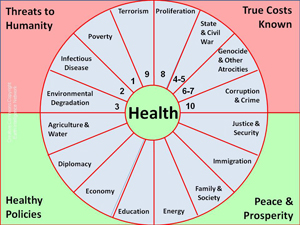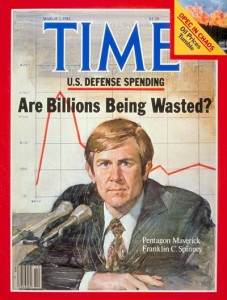Robert David Steele
Serial pioneer, hacking humanity…
8 Populations, 4 Methods
Minister-Mentor Lee Kuan Yew of Singapore has said that demography, not democracy, is the defining element of the future, and I agree with him. This is important for two reasons:
First, if the projected population explosions occur in Brazil, China, India, Indonesia and in Africa, then all ten of the high-level threats from poverty to infectious disease to environmental degradation and onwards will also explode, and these threats do not recognize artificial political boundaries. Starvation, plagues, deforestation, genocide and democide, and dis-organized crime will be wide-spread. The USA can expect to be over-run by illegal immigrants — vastly worse than today — just as Europe is being over-run from Africa and Russia is being severely encroached upon in the East, where global warming is making Siberia a “go to” place for many Chinese.
Second, we are now finding that there is not enough clean fresh water for those who are alive today, much less for the several billion more expected by 2020. While technology could certainly be developed that addresses this shortfall, it is unlikely to accomplish in a decade what the Earth's natural systems of systems accomplished over millennia — and in the absence of predatory human consumption. Fresh water can be considered the “touchstone” for both a convergence of all the limits to human prosperity that cannot be overcome without dramatic changes in our behavior and our practices; and for the emergence of a new appreciation for “wild law,” the rights of natural systems to be sustained, and in that context, the emergence of a humanity conscious of both its limits and its responsibilities.







